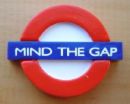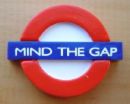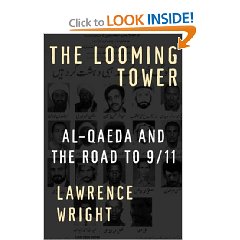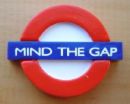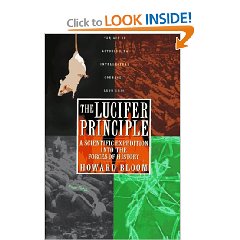
First Stone in the Digital Study of Abusive Wealth,
I give this book 5 stars for substance, 4 stars for personal bias, and 4 stars for being both too late, and too soon–to late to have saved us from what Derek Leebaert calls The Fifty-Year Wound: How America's Cold War Victory Has Shaped Our World, too soon to be centerpiece, as I would have it be, of a massive public intelligence digital project to nail down all the relationships and follow all the money.
Carroll Quigley's book is excruciatingly dull and filled with thousands of facts in very small print. I never-the-less recommend it for purchase because it may well be one of the more fundamental references of our time. Two other books that complement this one are Mike Rupert's Crossing the Rubicon: The Decline of the American Empire at the End of the Age of Oil and Jim Marrs' Rule by Secrecy: The Hidden History That Connects the Trilateral Commission, the Freemasons, and the Great Pyramids. See also Moises Naim, Illicit: How Smugglers, Traffickers, and Copycats are Hijacking the Global Economy.
Now to my final point: others get nervouos when I begin to engage the “conspiracy literature,” and I have to reiterate that the conspiracy literature is no more nor any less rife with bias and error than the conventional literature. See my reviews of John Perry's Lost History: Contras, Cocaine, the Press & ‘Project Truth' and Larry Beinhart's Fog Facts: Searching for Truth in the Land of Spin. And if your really want to worry, read John Lewis Gaddis The Landscape of History: How Historians Map the Past on how inept and ignorant most of our scholars are, or the more conventional Information Anxiety 2 by Richard Saul Wurman.
Quigley is the cornerstone for a public intelligence digital map that will emerge over the next few years. I anticipate that thousands of books and articles, including Sterling and Peggy Seagrave's “Gold Warriors” (which has strangely disappeared from Amazon but is being read by millions of Chinese in both Mandarin and common Chinese) will all “make sense,” and I believe they will make enough sense to warrant a massive restriction on illicit wealth such as has never before occured under non-violent circumstances. I am NOT saying repossession, but rather an end to banks lending money they do not have, governments borrowing from banks, and intermediaries charging excessively while ignoring “true cost” of their goods to the planet. This book is revolutionary, but it is also before its time.
The books below provide critical insights into how we can empower the five billion at the bottom of the pyramid to create infinite wealth. I and 23 other co-founders have created the Earth Intelligence Network to do precisely that.
They also afford me an opportunity to make clear that understanding abusive wealth does not mean we much confiscate ill-gotten gains. Doing so would serve no useful purpose and it would spread so thinly among the five billion poor. We must let sleeping dogs lie, and create infinite wealth that stabilizing localities and enables peace everywhre.
Please do at least read my review of each of the below gifts from others:
The Fortune at the Bottom of the Pyramid: Eradicating Poverty Through Profits (Wharton School Publishing Paperbacks)
Blessed Unrest: How the Largest Movement in the World Came into Being and Why No One Saw It Coming
The Wealth of Networks: How Social Production Transforms Markets and Freedom
Revolutionary Wealth: How it will be created and how it will change our lives
Infinite Wealth: A New World of Collaboration and Abundance in the Knowledge Era
The Wealth of Knowledge: Intellectual Capital and the Twenty-first Century Organization
The New Craft of Intelligence: Personal, Public, & Political–Citizen's Action Handbook for Fighting Terrorism, Genocide, Disease, Toxic Bombs, & Corruption
Collective Intelligence: Mankind's Emerging World in Cyberspace
The Tao of Democracy: Using Co-Intelligence to Create a World That Works for All
Click Here to Vote on Review at Amazon,
on Cover Above to Buy or Read Other Reviews,
I Respond to Comments Here or There

